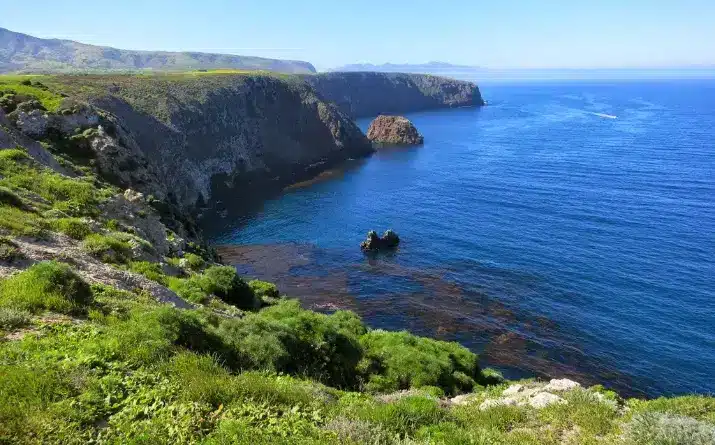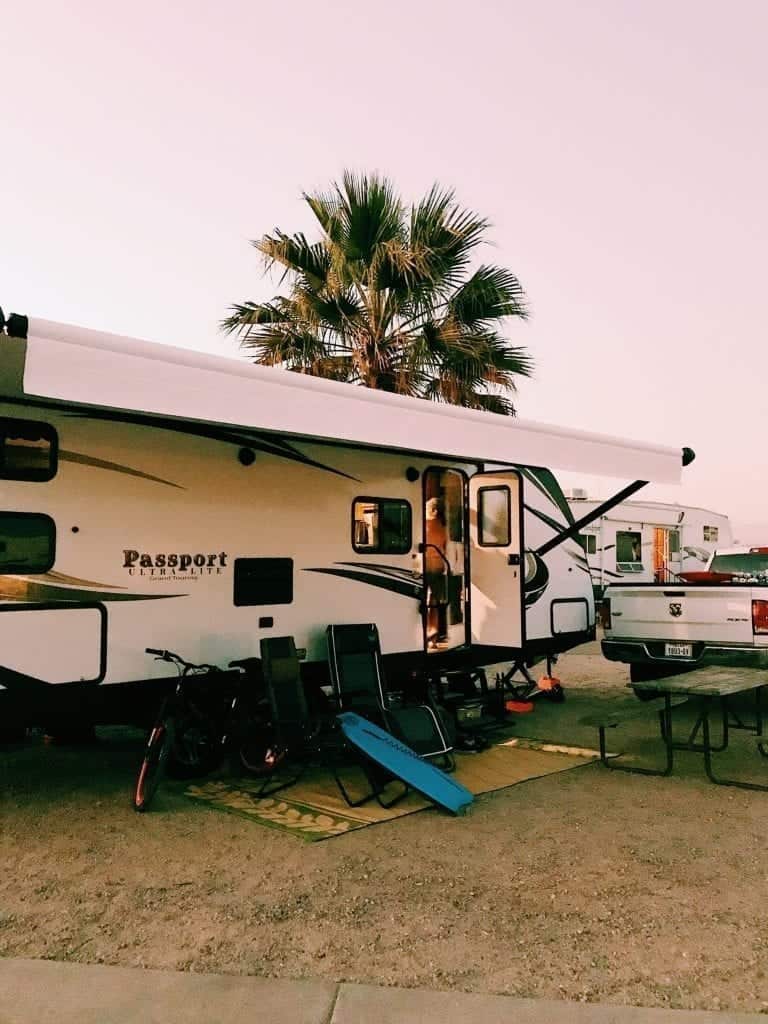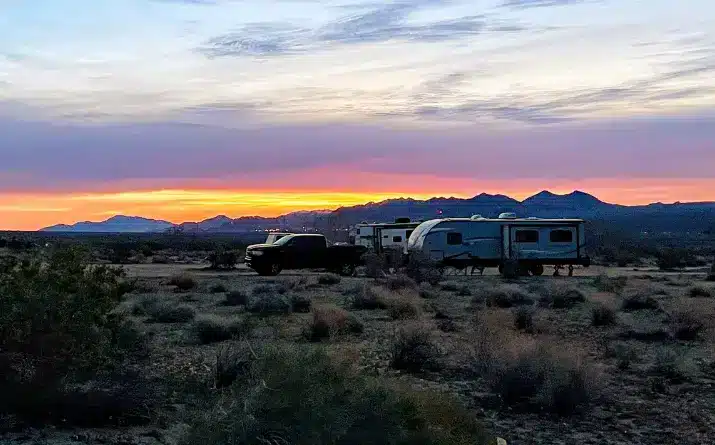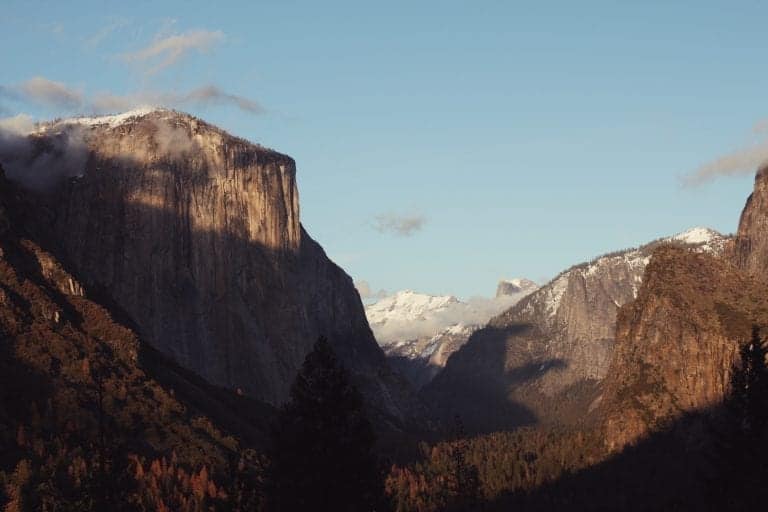Top Outdoor Winter Activities in Santa Barbara, CA
Winter in California is a little different than winter in other parts of the U.S. With snow in the mountains and sunshine on the coast, it’s possible to hop from one climate to the other with relative ease.
In Santa Barbara, where I live, the dark’s early onset and the overnight lows let you know it’s winter, but often the daytime can have you fooled. However, while we don’t get snow, we can have long (and welcome) rainy stretches.
So when I think about the best Outdoor Winter Activities in my town, I consider outings that take advantage of the sunshine days, the stunning winter sunsets, and the emergence of wildflowers.
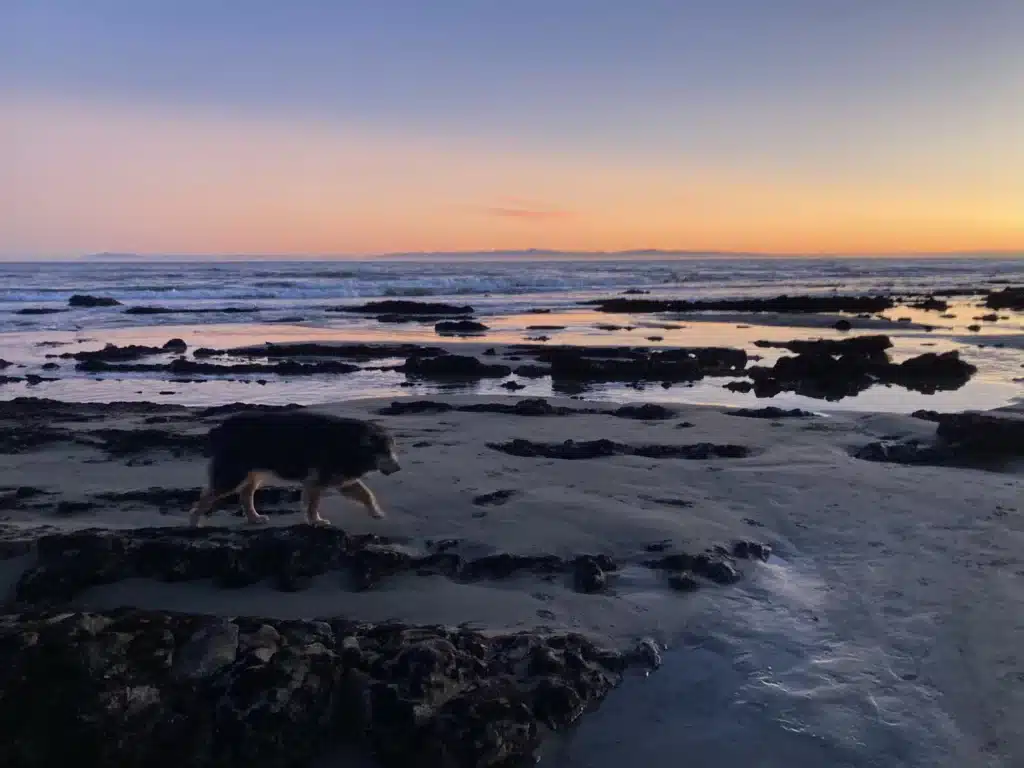
Top 3 Outdoor Activities in Santa Barbara
Here are my top 3 outdoor activities to try the next time you’re in Santa Barbara—especially if you’re visiting in the winter.
Low-Tide Sunset Beach Walk
Santa Barbara boasts pristine beaches that are excellent for long walks (or runs).
I recommend aiming for a low tide walk for two reasons: (1) you’ll have no problem getting around the rocky promontories that can lead to wet legs during a higher tide, and (2) you’ll have the opportunity to check for critters in the tide pools formed between rocks. If you’re fortunate enough to be in town when the tide cycle aligns so that low tide occurs around sunset, you’ll be stoked!
At low tide it’s easier to navigate rocky areas while also catching glimpses of little marine animals in the tide pools.

South View Sunset
Santa Barbara is unusual for a coastal city in California in that it actually faces south, which means that often, despite being on the West Coast, you won’t see the sun setting into the water.
That said, with the sun in a more southerly position during the winter, plus the frequent wispy clouds, you can get truly epic sunset experiences: purple mountains, fiery orange skies, and an iridescent reflection winking back at you from the sand.
What to Pack for a Walk on the Beach at Sunset
Bring a headlamp for your return journey, and depending on your feelings about it, you may want to wear easy-to-remove sandals. Or, for more stability and less sand between your toes, slip into your comfy sneakers. Either way, heading to roam the beach at sunset is certain to drop you into a state of awe.
Best Access Points for Low Tide Sunset Walk
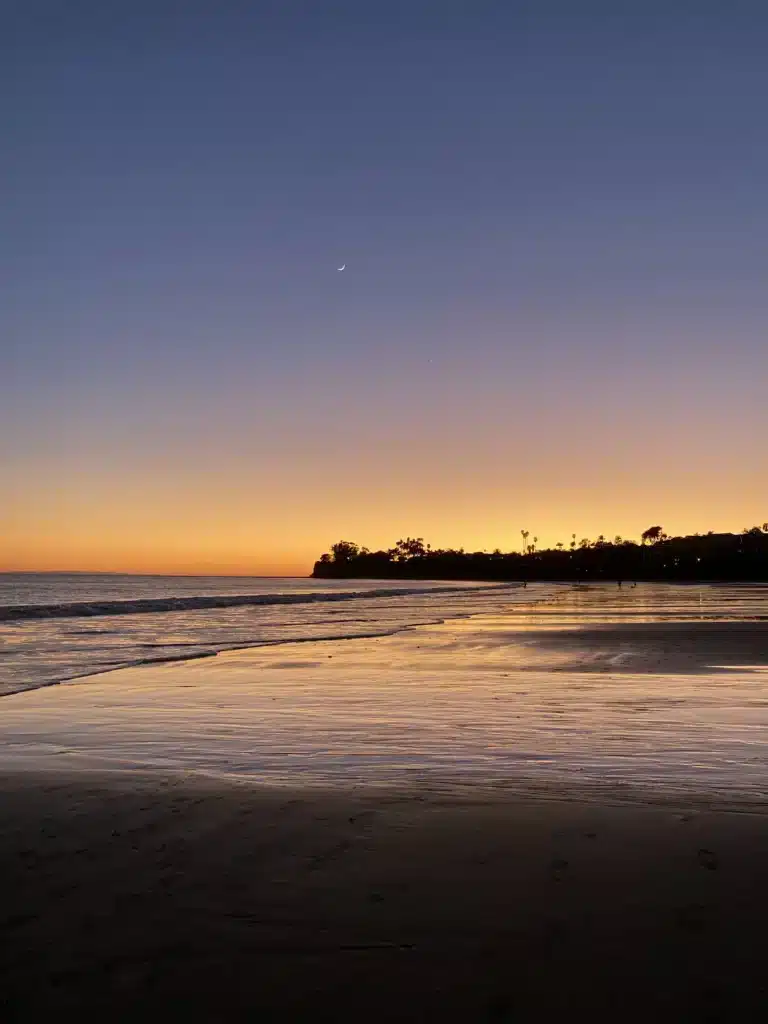
Paddle Board at the Santa Barbara Harbor
Whether you’ve got your own Stand-Up Paddle Board (SUP) or need to rent one, launching from the Santa Barbara Harbor is an easy way to get out on the water to get some exercise. You may also get to enjoy encounters with the local wildlife, including pelicans, egrets, cormorants, grebes, harbor seals, and sea lions.
Fun Fact: Cormorants
Cormorants have a short wing span of about 24-39 inches, which enables them to be agile swimmers. This clever bird is known to use tools such as rocks to open shellfish.
Paddle Board Rentals
Rentals are available at Paddle Sports Center, a family-owned business located along Harbor Way.
Parking
If you have your own board, park near the end of the harbor lot and carry your board down the last ramp to launch.
What It’s Like to Paddle Board Santa Barbara Harbor
It’s a working harbor, so as always, keep your senses attuned for the bigger boats around you, including commercial fishing vessels, leisure sailboats, and other folks recreating. Stay out of the channel (marked by the green and red buoys) as much as possible and cross it quickly when necessary.
The harbor waters are likely to be calm, even when it’s choppy outside the breakwater. You can cruise through the marinas, check out the animals on the bait barge, and make a pitstop at the sandspit for a walk in the sand or dip in the sea.
The siren call of the barking pinnipeds may call you out to the green buoy, where they like to lounge. It’s a worthwhile effort on a calm enough day. Another option is to paddle under the wharf, catching sight of the mussel-coated pilings and the fishermen casting from above (watch out for their lines).
Whichever way you head, be sure to take a moment and soak in the view of the city nestled in the mountains.
Day Trip to Hike Among Wildflowers on Santa Cruz Island
If you’ve followed my tips so far, you’ll probably have noticed a mountain across the water during your activities. That’s Santa Cruz Island, the largest of the Channel Islands, an eight-island archipelago in Southern California.
Ferry Boat to Santa Cruz Island
It’d be a long paddle to get there (though people do it) and an even longer swim (though people do that, too). Luckily, there’s a way to get there that doesn’t require any training or special expertise: jump aboard one of the Island Packers boats from Ventura.
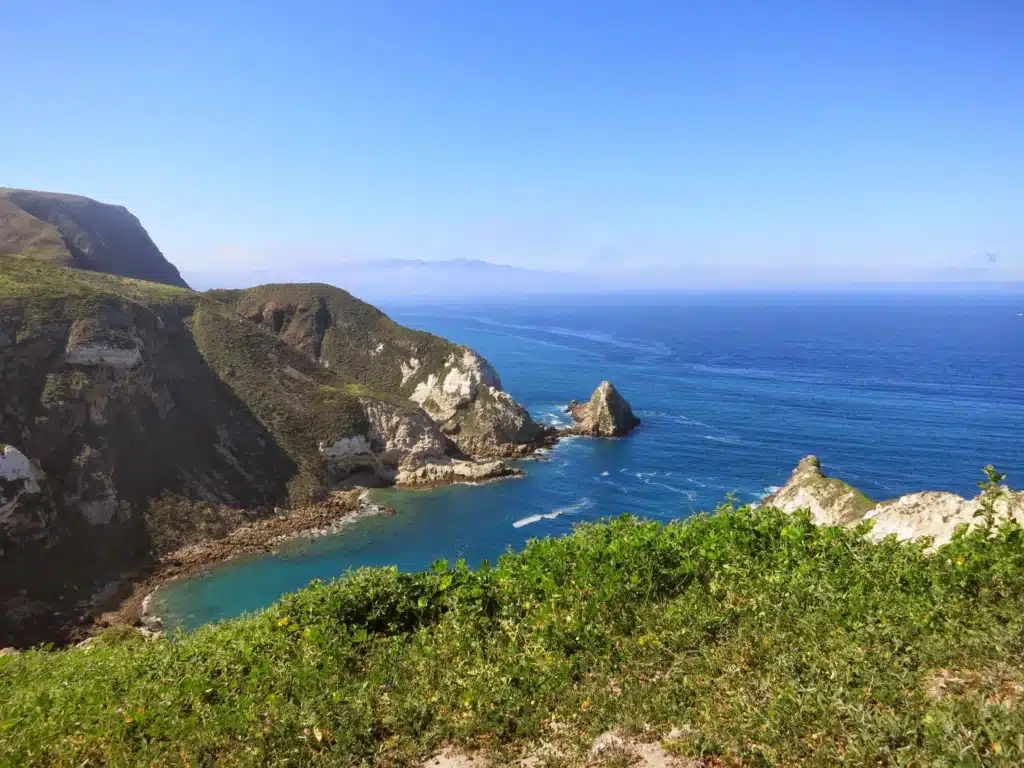
Winter Wildflowers
Reservations are required and trips sell out, especially on the weekend, so I recommend booking in advance. Late winter is the ideal time to go because the island, which is typically covered in shades of brown and beige, becomes a beacon of verdant hillsides carpeted with wildflowers.
Plus, you’re virtually guaranteed to spot pods of dolphins frolicking the boat’s wake on the journey to the island—and possibly migrating gray whales as well (especially in December – April).
There are two harbors you can land at—Scorpion Cove or Prisoners Harbor. Scorpion Cove, on the eastern end, is the shorter boat ride, but both locations will give you the opportunity to cover some miles and enjoy jaw-dropping views.

Day Hiking Trails
From Scorpion Harbor, two great day hike options to choose from are the Scorpion Canyon Loop and Cavern Point to Potato Harbor Loop.
The Scorpion Canyon Loop is a 4.1-mile moderate to strenuous loop that brings you up into the hills for stunning views of the wide ocean. Take the counterclockwise direction for a more strenuous climb and rewarding views. When I did this hike in February, the hills were exploding with yellow flowers and the sun sparkled off the ocean whitecaps.
The combo Cavern Point to Potato Harbor Loop is a 4.5-mile lollipop trail that will mostly keep you along the edge of the island. The Cavern Point Trail starts with some steep sets of stairs to get you up onto the cliff’s edge. You’ll follow the edge of the cliff, possibly spotting sea life and kayakers below, until you get to the Potato Harbor Overlook (2.5 miles in). Enjoy the views and then return the way you came until you reach the junction with North Bluff Trail, bear right and loop back to Scorpion Harbor through the interior route.
Whichever route you choose, you’ll be well-positioned to make it back in time for the return boat to scoop you back to the mainland.
I have yet to explore the routes from Prisoner’s Harbor, but my friends recommend joining the free naturalist-guided tour that will allow you to venture onto Nature Conservancy land. The 4.3-mile out-and-back hike brings you through coastal bluffs and canyons.
What to Pack for Santa Cruz Island
Be prepared for your excursion by being sure to pack:
- Warm and wind blocking layers for the boat ride
- Sun protection (hat, glasses, sunblock)
- Hiking poles
- Snacks
- First Aid Kit
- Water bladder or bottle (Scorpion Harbor has potable water available; Prisoners does not)
Related Reading: How to Pack Your Daypack to Prepare for a Long Hike
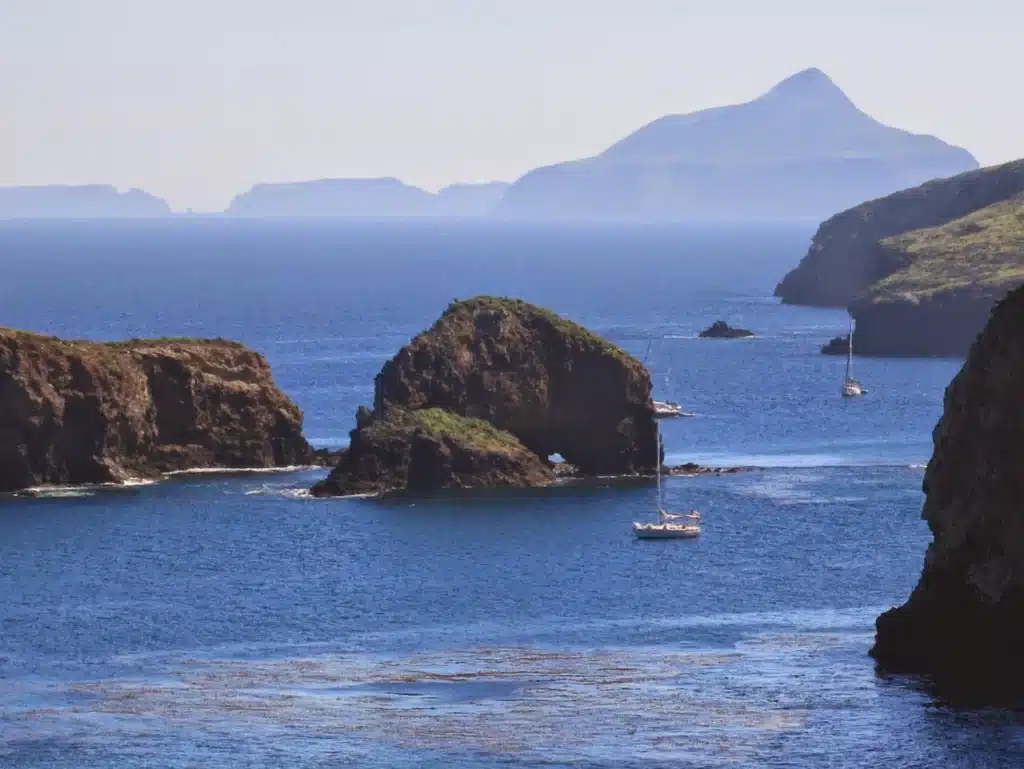
What are Your Favorite Outdoor Winter Activities?
Of course, these three activities are just the beginning! There are many more splendid outdoor activities to enjoy in Santa Barbara throughout winter, spring, summer, or fall. Come try them all!
We would love to hear from you – what are your favorite outdoor activities to do in Santa Barbara or other beautiful areas of California? Whether you love hiking amongst the great giants of Redwood National Park, kayaking in La Jolla, or finding the best view of Golden Gate Bridge, we would love to hear about your ideal way to enjoy the great outdoors in California.
Share your questions, stories, and tips in the comments section below!
Related Reading: RVers Guide to Joshua Tree National Park
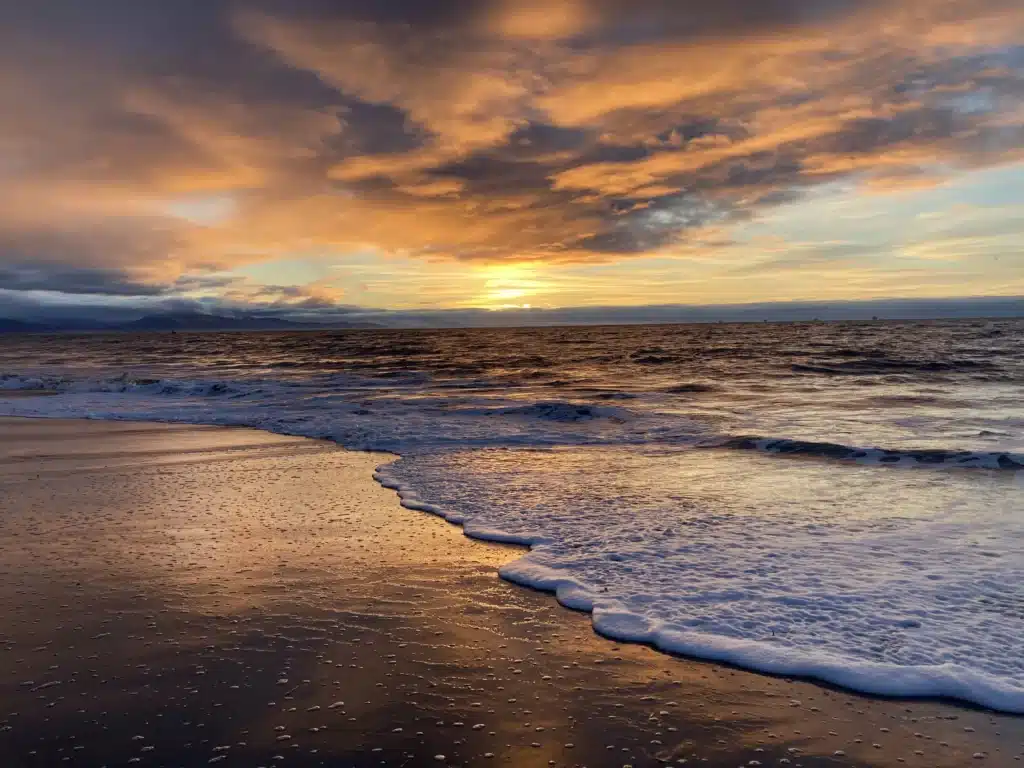
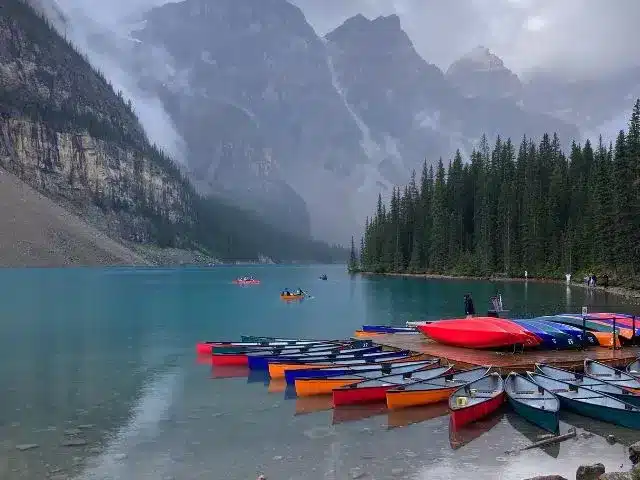
Jane Cullina is based in Santa Barbara, California, where she draws inspiration from the juxtaposition of sea and mountains that frame her surroundings. Her experiences as an outdoor educator on both coasts cemented Jane’s belief that time spent in nature leads to extraordinary moments of growth and connection. Today, whether at work as a project manager, educator, and writer, or at play in the wilderness of the U.S., Canada, and beyond, Jane seeks to weave together the practical with the profound.


